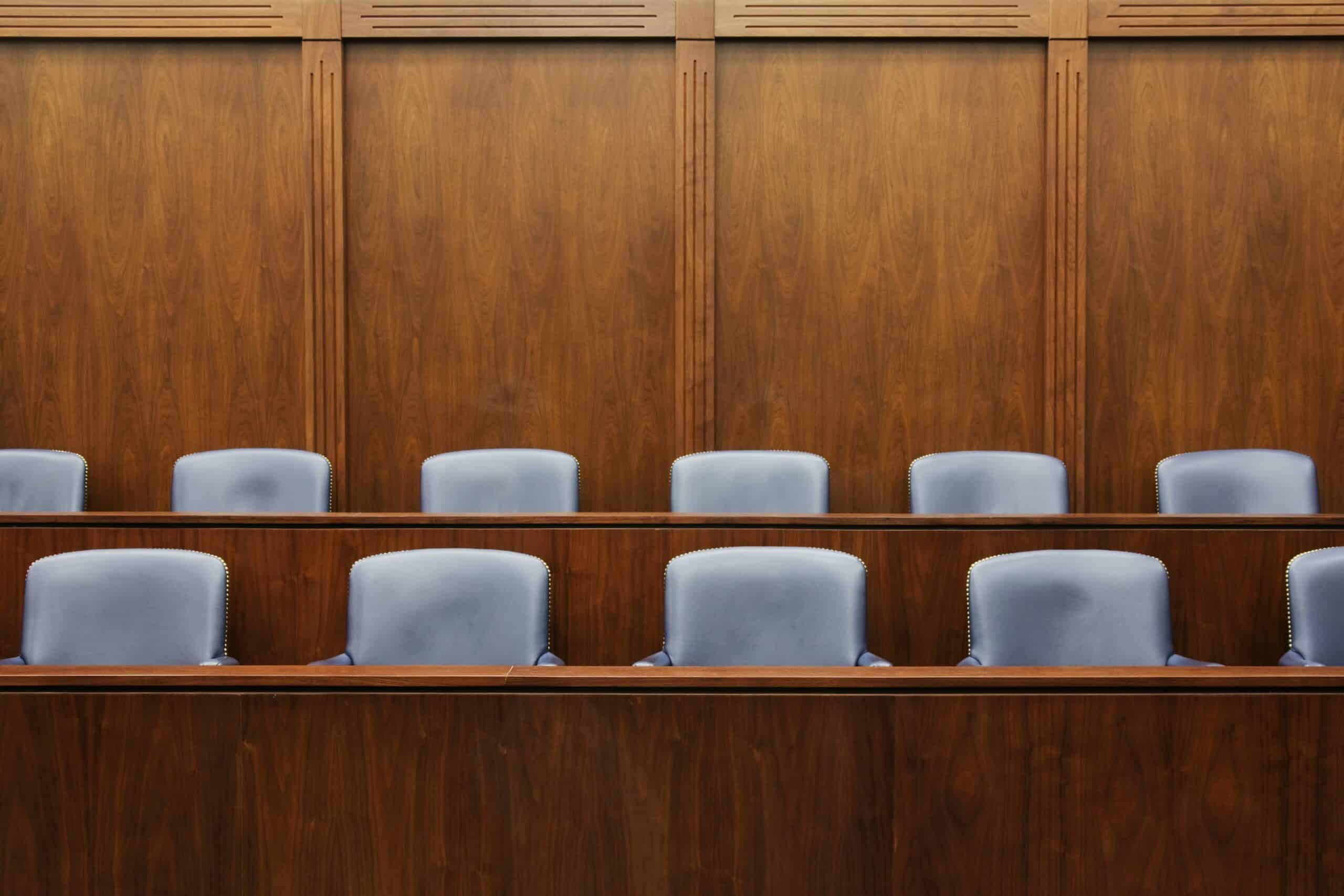How Do Courts Determine Guilt in Cases with Competing Versions of Events?
It is the Crown’s obligation in every criminal trial to prove the accused is guilty beyond a reasonable doubt. This can be a difficult task for juries to figure out, especially in cases where there are two competing versions of events, one from the complainant and the other from the accused, and little or no supporting evidence for either side.
How should juries determine the accused’s guilt or innocence when two witnesses provide different versions of events?
The Supreme Court of Canada’s Guidance: R v. W.D.
In R v. W.D., [1991] 1 SCR 742, the Supreme Court of Canada provided guidance to trial courts about how to assess competing accounts. In that case, the accused, a 42-year-old man, was charged with sexually assaulting his 16-year-old niece. Aside from the niece’s testimony of the event, there was little circumstantial evidence supporting the allegation. The accused denied committing the offence. The trial judge instructed the jury that they must decide whether to believe either the accused or the complainant. In the result, the jury found the accused guilty.
On appeal, the accused took issue with how the trial judge instructed the jury about how to resolve the competing evidence. The Supreme Court of Canada held the instruction was improper and set out a test to apply in these types of situations.
The Test for Assessing Competing Accounts
At the first stage, if the jury believes the evidence of the accused, then the accused must be acquitted (found not guilty).
At the second stage, if the jury does not believe the testimony of the accused, but is left in reasonable doubt by it, then they must acquit the accused. In other words, if the accused’s evidence makes the jury question (to a reasonable degree) whether or not the accused is guilty, then the accused must be acquitted.
At the third stage, even if the jury is not left in doubt by the evidence of the accused, then that does not necessarily mean the accused is guilty. If the accused is not believed and his evidence does not raise a doubt, then the jury must ask themselves whether they accept the evidence of the complainant beyond a reasonable doubt. If the answer is yes, then the accused must be found guilty. If the answer is no, then they have a reasonable doubt based on the complainant’s evidence and the accused must be acquitted. In other words, it is not enough to simply reject the evidence of the accused in order to convict. It is also necessary that the jury accept the evidence presented by the Crown beyond a reasonable doubt, before the accused can be found guilty.
The BC Court of Appeal, in the case of R. v. C.W.H., [1991] BCJ No 2753 (BC CA), provided an additional fourth stage: if after careful consideration the jury cannot decide whom to believe, then they must acquit.
Conclusion: Focus on Burden of Proof, Not Preference for One Side Over Another
The W.D. and C.W.H. analysis is designed to prevent juries from listening to two competing versions and asking themselves “which version do I like better?” and picking their preferred version. It is not a question of which version they like better. The instructions outlined by the courts focus the jury on the right question, which in a criminal trial is always whether the Crown has proven the accused is guilty beyond a reasonable doubt.
If you are being investigated or charged with a criminal offence, contact the experienced lawyers at Filkow Law for legal assistance.

